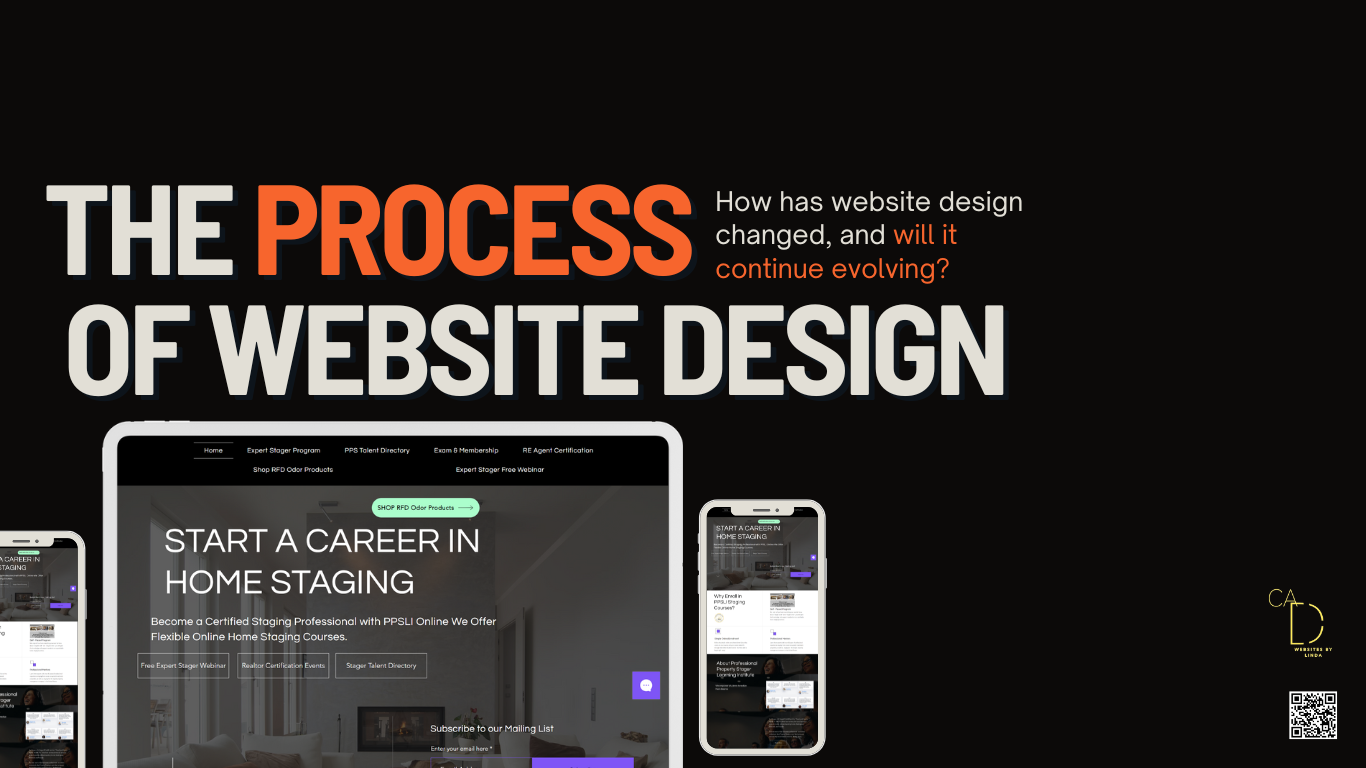

Cross-Device Continuity in User Experience: Ensuring cross-device continuity in user experience, allowing users to seamlessly transition activities across devices.
E-commerce Integration: In another section, a stylized shopping cart filled with various digital icons (representing products) flows seamlessly into the design, illustrating the integration of e-commerce elements in web design.
Cross-Cultural Design Strategies: Developing web designs that resonate across different cultures, considering linguistic, aesthetic, and usability variations to cater to a global audience.
User Testing in Website Design: Involves gathering feedback from users to identify usability issues, informing an iterative design process.
Multi-Modal Interfaces: Designing interfaces that combine various modes of interaction, such as touch, voice, and gestures, for a more holistic and accessible user experience.
From Local to Global Impact: Demonstrates how web design, from local startups in Washington DC to global corporations, profoundly influences digital experiences and trends.
One-Page Websites: Popular for simplicity and streamlined user experience, suitable for focused messages or limited content.
Responsive Typography: Adapts typefaces and text layouts to different screen sizes and resolutions, maintaining readability and aesthetic appeal across devices.
Web Design and Content Strategy: Advocates for a content-first approach, fostering collaboration between designers and content creators for cohesive web experiences.
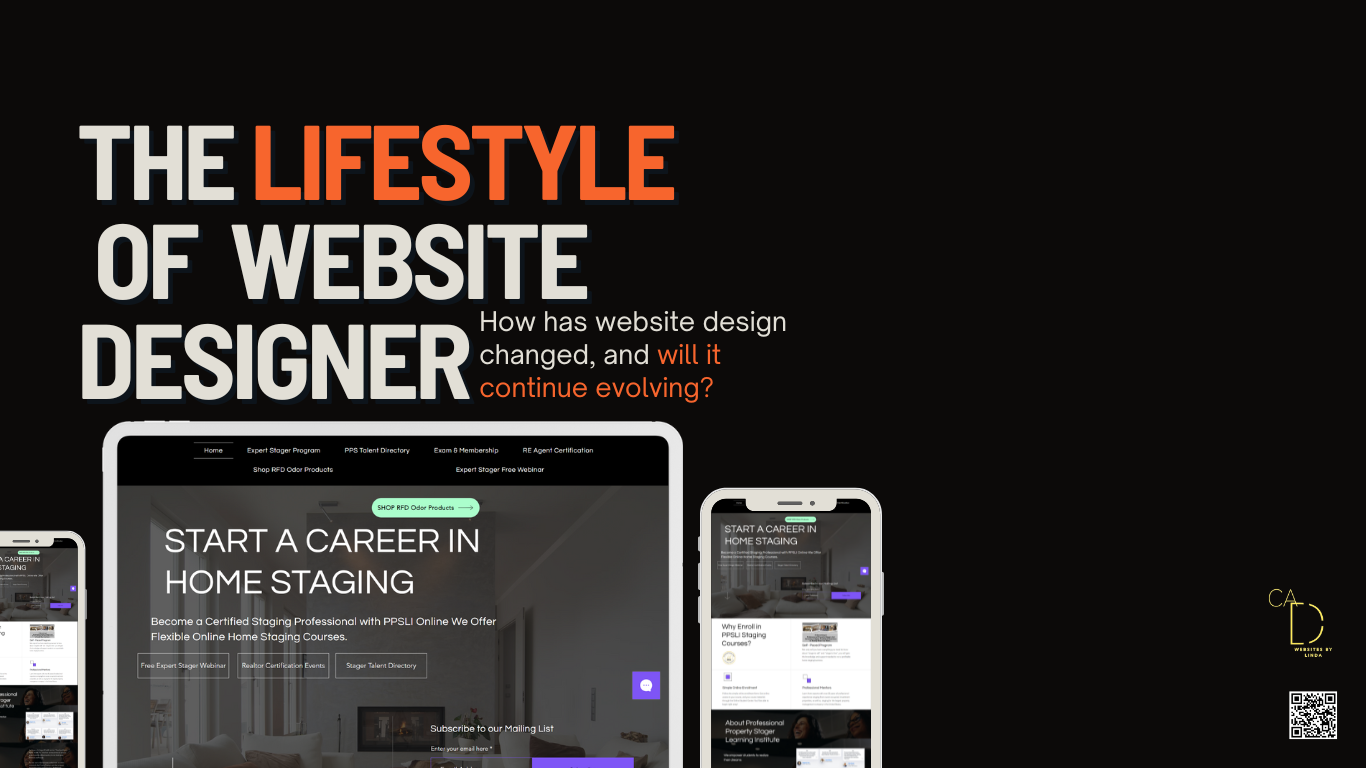
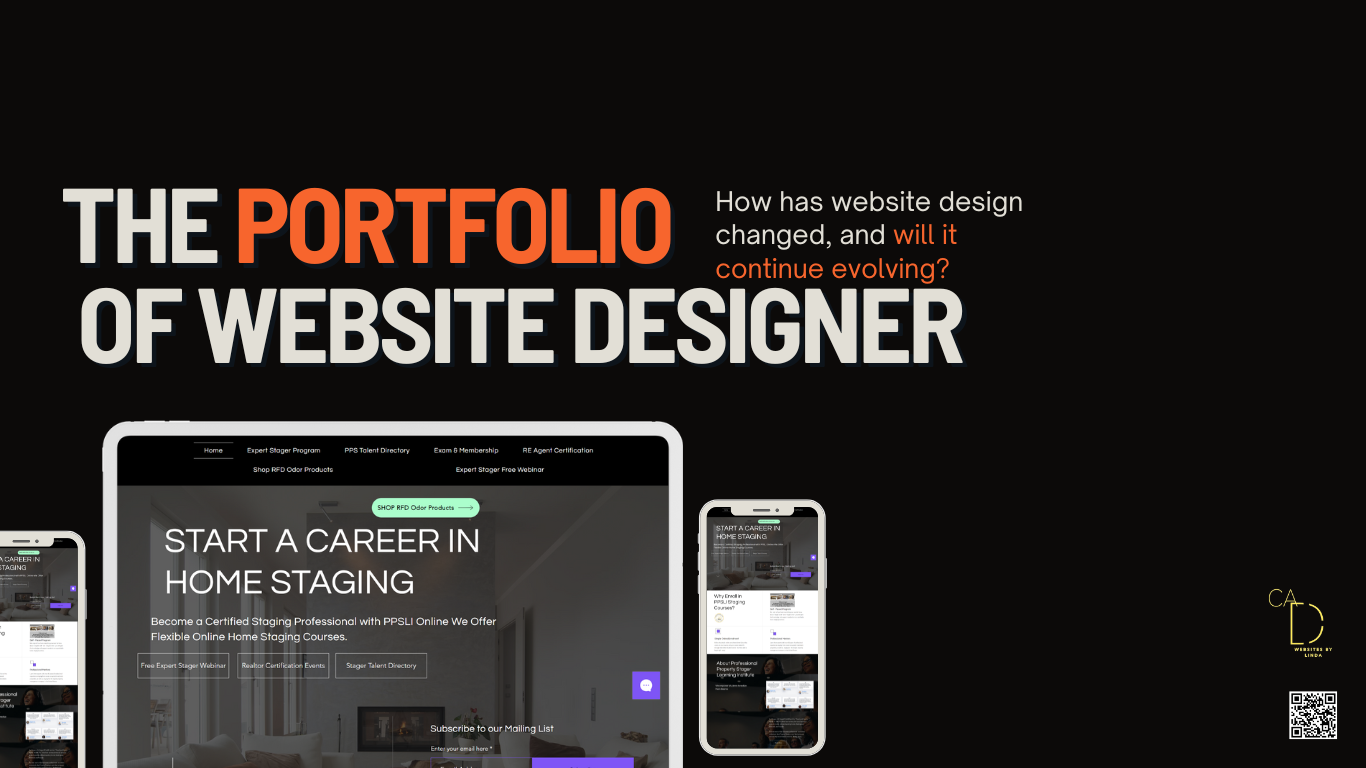
Adaptive Streaming for Video Content: Implementing adaptive streaming technologies for video content, optimizing playback quality based on the user's device and internet speed.
Website Redesign: Involves aesthetic and functional updates to keep pace with evolving trends, based on user feedback and new technologies.
The significance of templates in web design lies in their ability to provide a structured, standardized foundation for creating websites. Templates offer several unique advantages, particularly for those looking to establish an online presence quickly and efficiently:
Custom User Experiences: Tailoring web design to individual user needs and preferences, enhancing engagement and satisfaction.
Natural Language Processing (NLP) in Web Interfaces: Utilizing NLP to improve the effectiveness of search functions and chatbots, offering more natural and intuitive user interactions.
Dark and Light Mode User Preferences: Providing users with the choice between dark and light mode, catering to diverse preferences and contexts.
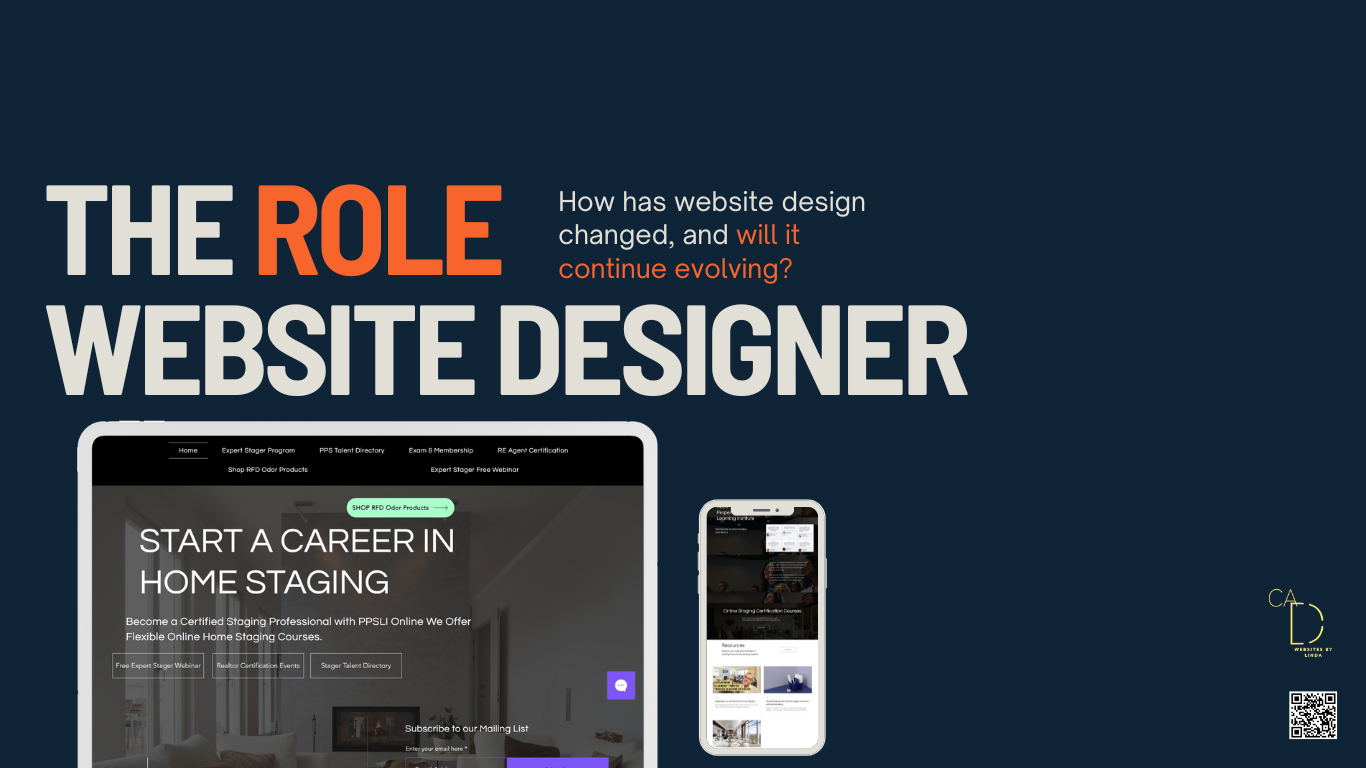

Multi-Language Design: Addresses global markets with culturally and linguistically adapted content.
Responsive Design: Adapts to a range of smart devices, using fluid layouts and flexible images.
Interactive and Dynamic UI Elements: Incorporating interactive and dynamic UI elements that respond to user interactions, providing feedback and enhancing engagement.
5G Impact on Web Design: Prepares for faster internet speeds, allowing for more sophisticated multimedia and interactive features.
Heatmaps and User Behavior Analysis: Provides insights into user interactions for data-driven design improvements.
**Web Accessibility for
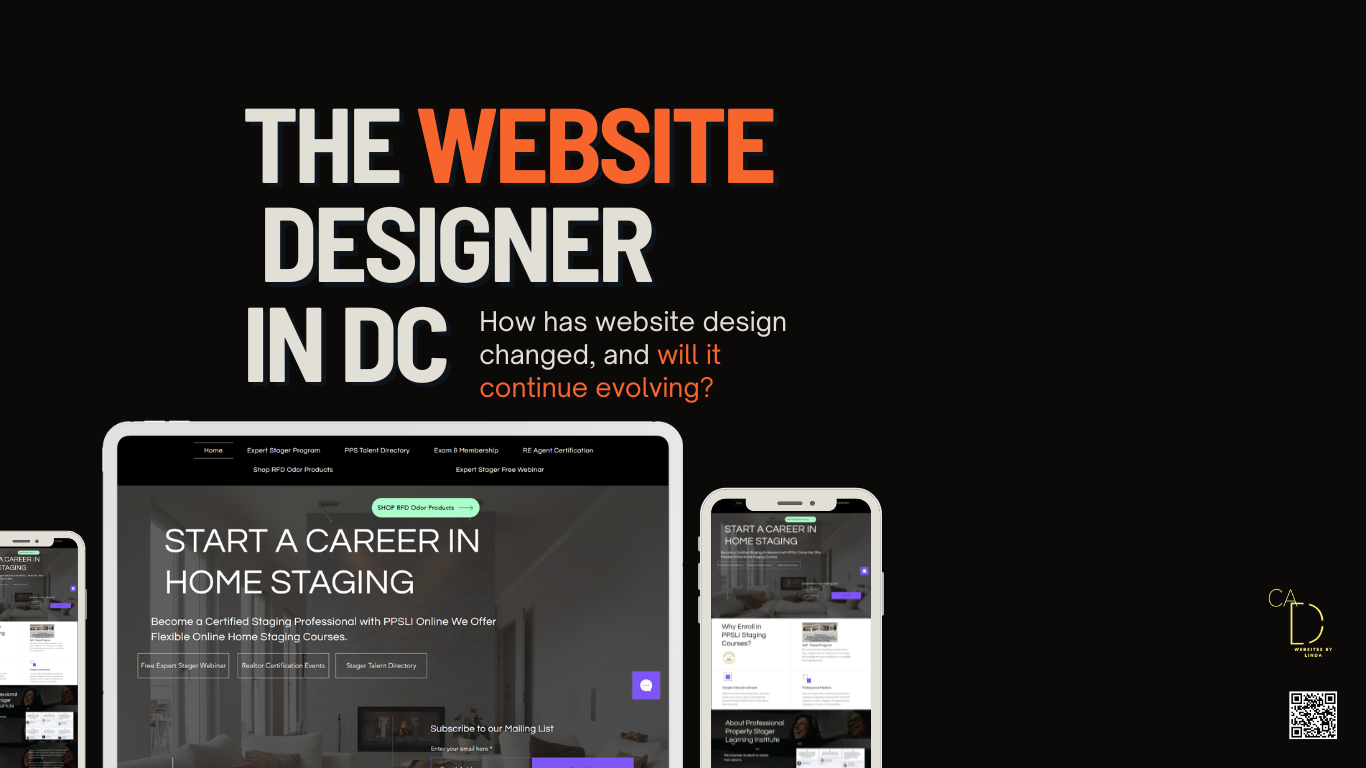
Hourly Rate Reasonably skilled freelance web designers make about $75 per hour. This figure can vary, though, according to CSS-Tricks. Website Builder Expert estimates that the cost to design a website is $30 to $80 per hour, while the cost to actually develop the website is $100 to $180 per hour.
A web designer creates the layout and design of a website. In simple terms, a website designer makes a site look good. They use design programmes to create visual elements and usually have expertise in user interface (UI), which means they strategically design a site that's intuitive and easy for visitors to navigate.
Google Web Designer is a free software tool available for download on both Windows and Mac computers. It does not have any subscription plans or pricing tiers, and users can access all of its features and functionality at no cost.